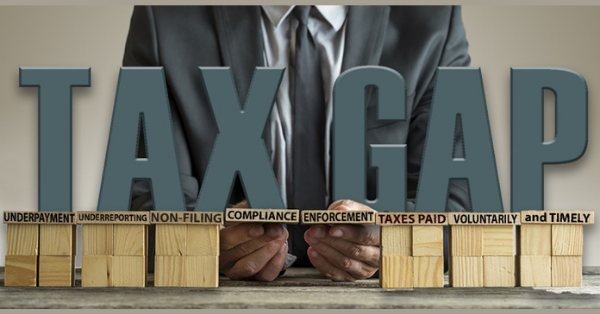The Tax Gap

The gross Tax Gap is the difference between the amount of tax owed by taxpayers for a given year and the amount that is actually paid timely for that same year. It represents, in dollar terms, an estimate of the annual amount of noncompliance with our tax laws. Many commentators have pointed to the Tax Gap as a roadmap for funding additional national priorities, cut taxes, or limit the need for tax increases. They reason that the government should prioritize full payment of taxes already legally owed before it looks to impose additional tax obligations on the general public. It is an important topic.
Reducing the Tax Gap and improving compliance is a central part of the IRS mission, which is to: “Provide America's taxpayers top quality service by helping them understand and meet their tax responsibilities and enforce the law with integrity and fairness to all.” Our mission statement reflects our values: we put “service” first making it easier for Americans to understand and satisfy their tax obligations as the most important thing the IRS can do to affect the Tax Gap.
The IRS will also, however, enforce the tax laws against those who choose not to voluntarily fulfill their responsibilities. Indeed, our enforcement efforts serve taxpayers generally, the vast majority of whom want to comply with their tax obligations, by legitimizing that choice and giving them comfort that we support them and will aggressively enforce the laws against those who do not pay their fair share. In this regard, our enforcement efforts support compliant taxpayers and a fair and equitable tax system.
See more on Commissioner Rettig's comments on the Tax Gap
Chuck Rettig
IRS Commissioner




